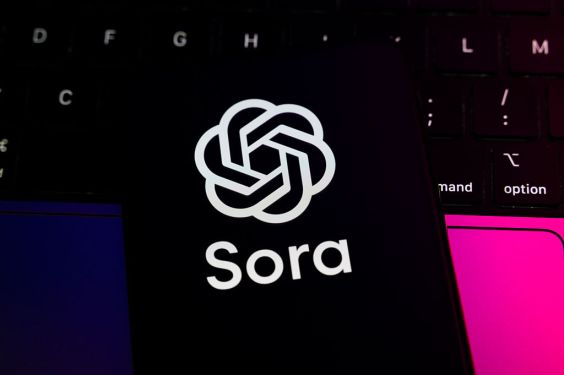OpenAI may be reversing its approach to copyright and intellectual property in its new video app, Sora. Prior to the app’s launch this week, The Wall Street Journal reported that OpenAI had been telling Hollywood studios and agencies they needed to explicitly opt out if they did not want their intellectual property included in Sora-generated videos.
Despite being an invite-only application, Sora quickly climbed to the top of the App Store charts. The app’s most distinctive feature is its “cameos,” which allow users to upload their biometric data to see their own digital likeness featured in AI-generated videos.
At the same time, users appear to delight in flouting copyright laws by creating videos with popular, studio-owned characters. In some instances, these characters even criticize the company’s approach to copyright, such as in videos where Pikachu and SpongeBob interact with deepfakes of OpenAI CEO Sam Altman.
In a blog post published Friday, Altman stated the company is already planning two changes for Sora. The first change involves giving copyright holders more granular control over the generation of characters, similar to an opt-in model for likeness but with additional controls. The key term here is “opt-in,” which suggests OpenAI will prevent users from creating videos with copyrighted characters unless studios and other rightsholders have given Sora explicit permission.
Altman said the company is hearing from many rightsholders who are excited about this new form of interactive fan fiction. They believe this new kind of engagement will bring them significant value, but they want the ability to specify how their characters can be used, including not at all.
Even with this new approach, Altman acknowledged there will likely be some edge cases of video generations that get through that should not. The second change he mentioned is an unspecified form of video monetization. The company had previously said its only monetization plan was to charge users for creating extra videos during periods of high demand. Altman’s blog post elaborates on that idea, acknowledging that they will have to find a way to make money from video generation. He also suggested that this revenue could be shared with rightsholders.
Their hope is that the new kind of engagement will be even more valuable than the revenue share, but of course they want both to be valuable.

